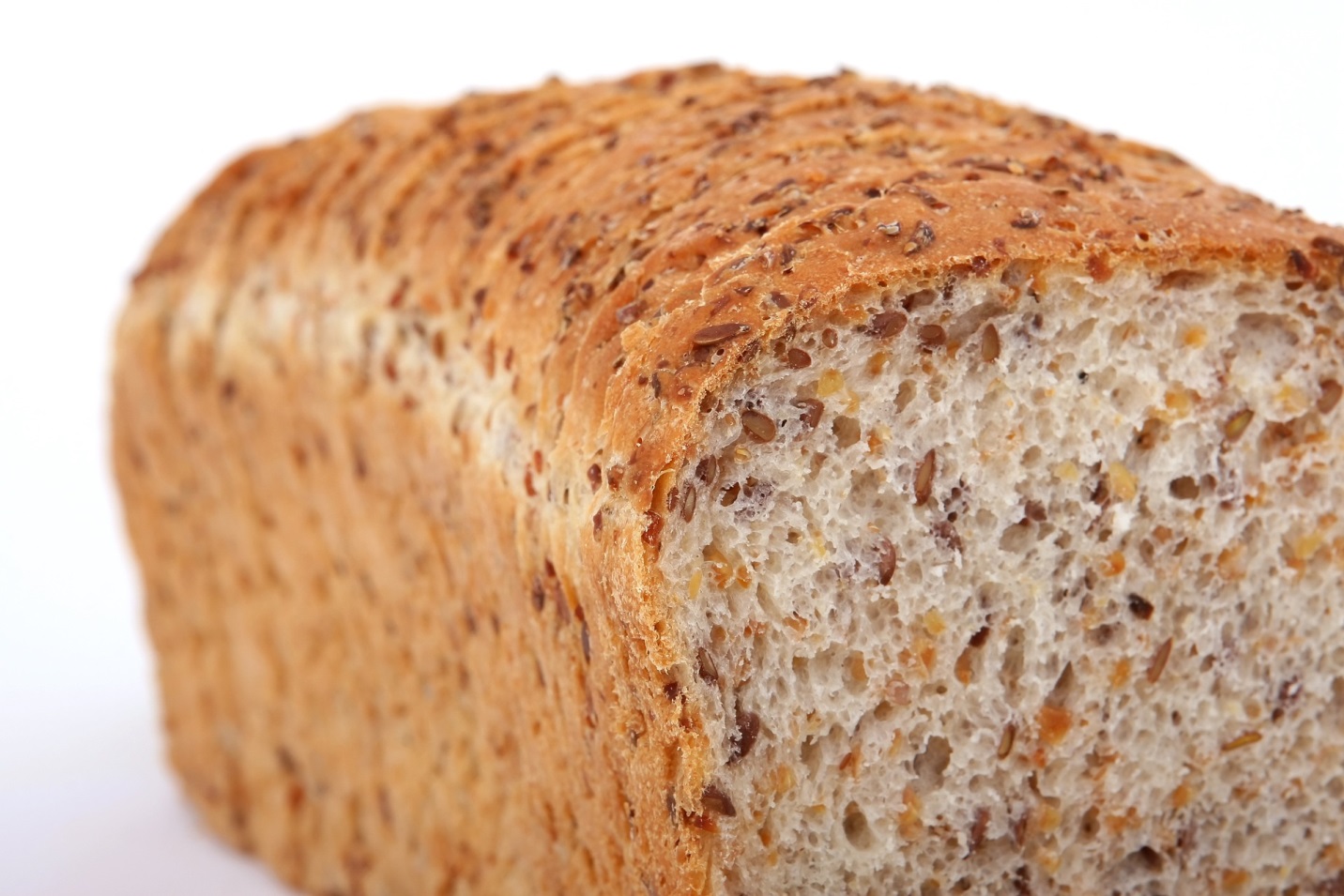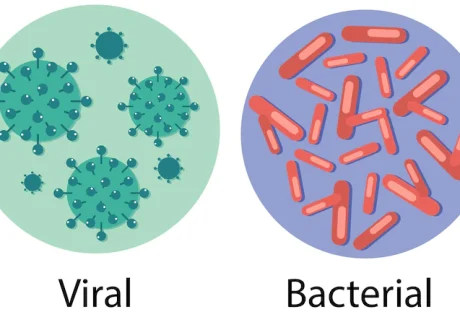Binge drinking is defined as consuming 4 or more drinks for women, and 5 or more drinks for men in a single outing.
If you read that and asked yourself, “Am I drinking too much?”, it may be time to take a step back and think about the role of alcohol in your life.
Read on for our top five signs of drinking too much and what you can do about it.
1. You Constantly Push Your Limits:
If one drink constantly turns into four, five, or even more, this could be one of the major signs of drinking too much.
You know your limits, but that might not be causing you to wonder, “Am I drinking too much?”. Instead, you just keep throwing them back without thinking of the consequences.
If you’re constantly blacking out, making poor decisions, and just losing yourself in general, you could be drinking too much.
2. You Use Alcohol as a Coping Mechanism:
Alcohol is becoming something that you depend on if you’re going through a difficult time. Maybe you’re finding yourself faced by more of those “difficult times” lately.
If you’re turning to alcohol to deal with stress, boredom, or everyday responsibilities, this could be one of the major signs you drink too much. Alcohol should be something you enjoy during times of leisure. You shouldn’t be using it as a coping mechanism to deal with your life.
3. Your Loved Ones Are Commenting:
While you may think you’re just out having fun, the people closest to you are starting to mention signs of drinking too much. Your loved ones want what’s best for you and you shouldn’t take their concerns lightly.
Maybe you’ve come right out and asked them, “Am I drinking too much?” If they’re telling you yes, then it’s vital to take a step back and examine what you’re doing.
You can ease their mind by seeking treatment for alcohol dependency. Sometimes you just have to admit that you’ve lost control and need help.
4. Your Plans Rely on Drinking:
Ordinary events just aren’t doing it for you anymore. Looking for booze whenever you go out can be a sign of drinking too much.
While you may view drinking as a social activity, it shouldn’t be the center of all your socializing. If you depend on drinking to be social, that’s when it becomes a problem.
Take a look at the people around you. Are you the only one with a drink in your hand? That could be a major indicator that you’re depending on drinking too much in order to have a good time.
Try investing yourself in new, healthier hobbies. Taking on something like a new fitness routine can be a welcome distraction from a growing drinking habit.
5. You’ve Asked Yourself, “Am I Drinking Too Much?”
You’ve noticed signs of drinking too much in your everyday life. You’re constantly waking up hungover, you’re depressed, and you’re finding yourself reaching for a drink more and more often.
If you are looking at your circumstances and wondering “Am I drinking too much?”, the answer is probably yes. That gut instinct that causes you to question yourself is usually right.
Final Thoughts:
If you asked yourself “Am I drinking too much?” and concluded that the answer is yes, it’s never too late to slow things down. By taking the right actions to combat a drinking problem, you can regain control of your life.
For more lifestyle advice, check out our blog.
Read Also:
- 10 Reasons To Stop Drinking Alcohol Today
- The Effects Of Drinking And Driving Under The Legal Age Of 21
- Not On The Straight And Narrow: 4 Telltale Signs Of Drug Use In Teens
- When Someone You Love Has An Addiction: 5 Tips On How To Help An Addict
- Is Someone You Know Suffering From A Benzodiazepine Addiction? Here’s How To Know






















